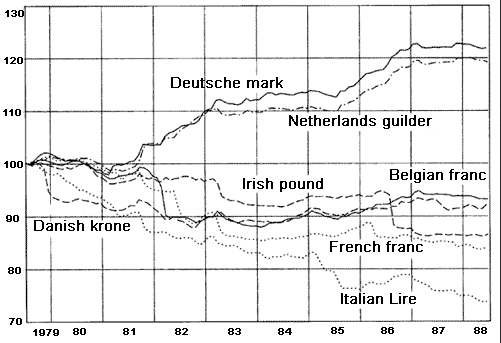★ FEDERAL BANK HORMIS MEMORIAL FOUNDATION SCHOLARSHIP ★
◆ Last Date :- 31 January 2021
◆ Scholarship Amount :- Upto Rs.1Lakh per year.
◆Scholarships Details :-
1) Selected students will be reimbursed 100% of tuition fees and other fees paid as per fee
1/8
structure of the college, subject to a maximum of Rs.1Lakh per year.
2) Students are eligible for
one Personal Computer / Laptop (maximum Rs 40,000/-will be reimbursed) during their course of study (within the overall limit of Rs.1.00 Lakh per year).
2/8
◆Eligibility Criteria:-
1) Only Students from the Maharashtra, Kerala,Gujrat, Tamil Nadu State are eligible for scholarship.
2) Annual family Income of the students applying for the scholarship should be less than Rs.3 Lakhs
3/8
3) Annual Income criteria is NOT applicable for wards of martyred Armed Forces Personnel
4) Students who admitted in first year of MBBS,Bsc nursing, engineering, MBA, Bsc AGRICULTURE,
BSC cooperation and banking with agricultural science are eligible for scholarship
4/8
◆ Document Required:-
1) Copy of Admission Letter
2) Copy of Bonafide Certificate from the college
3) Copy of course fee structure
4) Copy of Mark sheets of qualifying Examination (If originals are already submitted to the
college and not available for verification,
5/8



